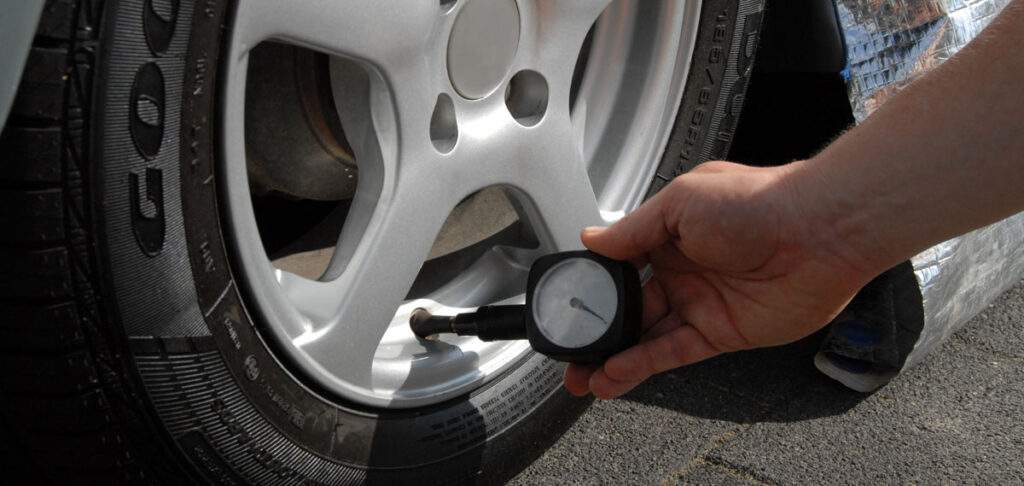Tips For Buying New Tyres

Nowadays, when buying a new car, people tend to look for the coolest tech features, sleek designs, and modern interiors. What they forget to look at, are the tyres. The only part of the car that is in contact with the road, the part that actually makes the car move. Your car’s engine and brakes will only perform as well as they should if your tyres are up to standard and do what they are supposed to do.
When deciding which tyres to pick it is important to have a basic understanding of the tyres. This can help you to make a wiser decision – one that is economical, offers longevity, and best fits your choice of vehicle.
Know Your Tyres
So, what exactly is a tyre? A tyre is a rubber casing filled with air that holds up the car and maintains its balance. It is made up of various elements such as chemical additives, natural and synthetic rubber and a pigment known as carbon black to give it the black colour.
Examine your old tyres
Before going out and looking and investing for new tyres, examine the ones you currently have a see if you actually require new ones. If you haven’t replaced your tyres in a significant amount of time, even if they visually seem fine, it is recommended to change them, just in case the rubber casing has become soft in certain areas, and might not visibly be seen by you. However, if the old tyres have noticeable wear and tear, if a part of the tyre is sticking out or considerably deflated than the others, it is definitely a time to get new ones.
Examine your car
While inspecting your tyres, notice if there is a trend in the wear and tear of the tyres such as the left tyres are more worn than the right ones, or the back tyres seem more used than the front tyres. This could mean that the alignment or the suspension of your car is off. If this issue is not fixed and you end up purchasing new tyres, they will likely get worn out a lot faster than they should, leading you to buy new ones yet again. If you are unsure, it is recommended that you have an unbiased person, meaning not the person selling you the tyres, perhaps a trusted mechanic, examine your car and give you the verdict on it’s condition.
Type of tyres to purchase
Arguably the most important question. Which tyre is the right one for your vehicle? Ideally, your car comes with a user/information manual in which the manufacturing company gives recommendations on the type of tyre that will work best with the vehicle that you have.
If you do not have or cannot access the user/information manual, then you can try to work out the code written on the side of the tyre.
Decoding the tyre code
To help decipher the code we will use the following example:
P195/60R16 63H M+S
P – this is the type of tyre. P is for Passenger Tyres. Sometimes, in the case of bigger cars such as SUV, LT for Light Truck tyres is used.
195 – Tyre width in millimetre.
60 – Tyre height to width aspect ratio.
R – Radial construction.
16 – Diameter of the wheel of the tyre. This is in inches.
63 – The load rating of the tyre.
H – Speed rating of the tyre.
M+S – Type of season the tyre is appropriate for. M is for Mud and S is for Snow. M+S usually means the tyre is good for all seasons.
Ensure the tire you purchase matches the codes that were on the old tyres and/or match the ones recommended by the manufacture.
Check on your spare
Make sure to have a look at the spare tyre. Even if you have not used them, if they have been not replaced in a long time, it is better to get a new one. Remember, oxygen in the air degenerates the rubber of the tyre.
Once you have your new tyres installed, make sure you drive carefully because initially, the tyres might not have as strong a grip as your old ones. Once the coating wears off, they should be as good as the old ones, in fact, better than the old ones!
Related Posts

5 Key Information That A Driving School Teaches Aspiring Drivers And Tips About Them!

Why You Should Buy Winter Tyres
